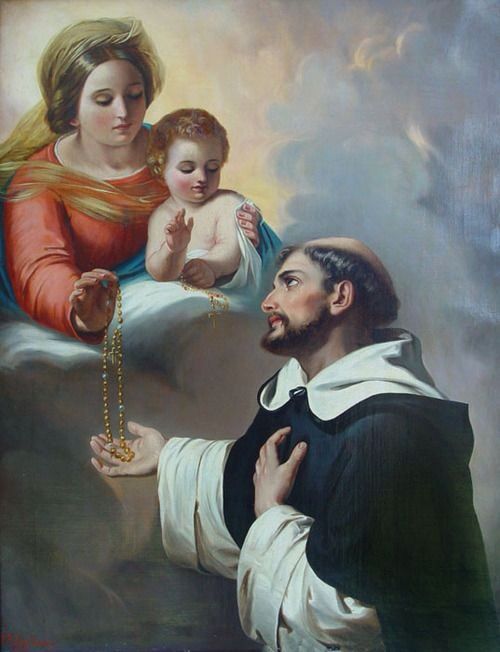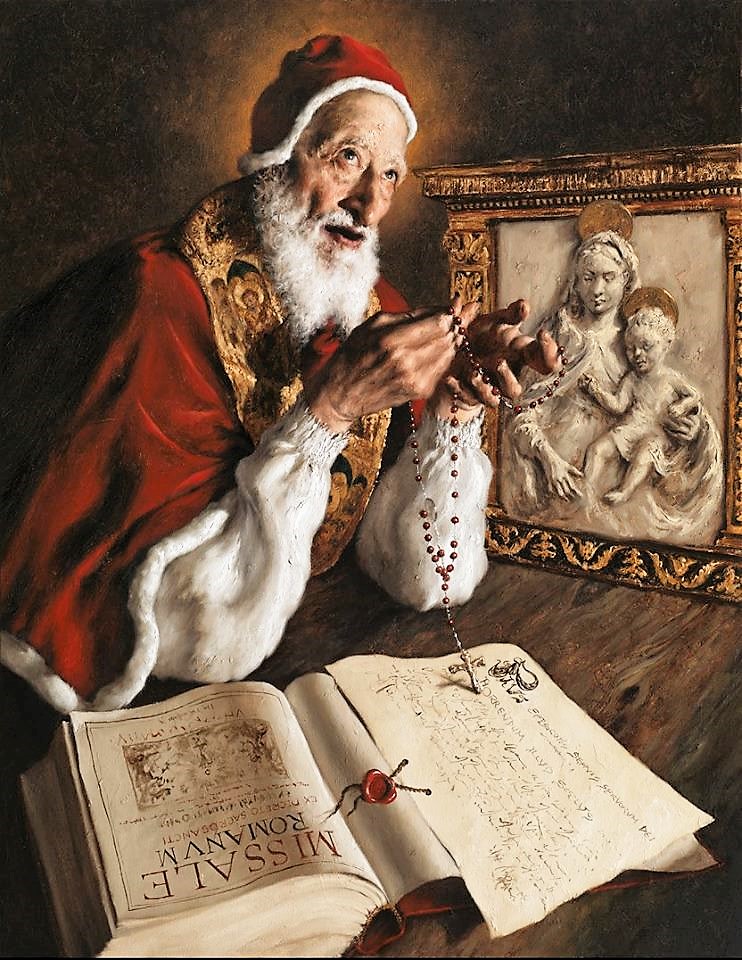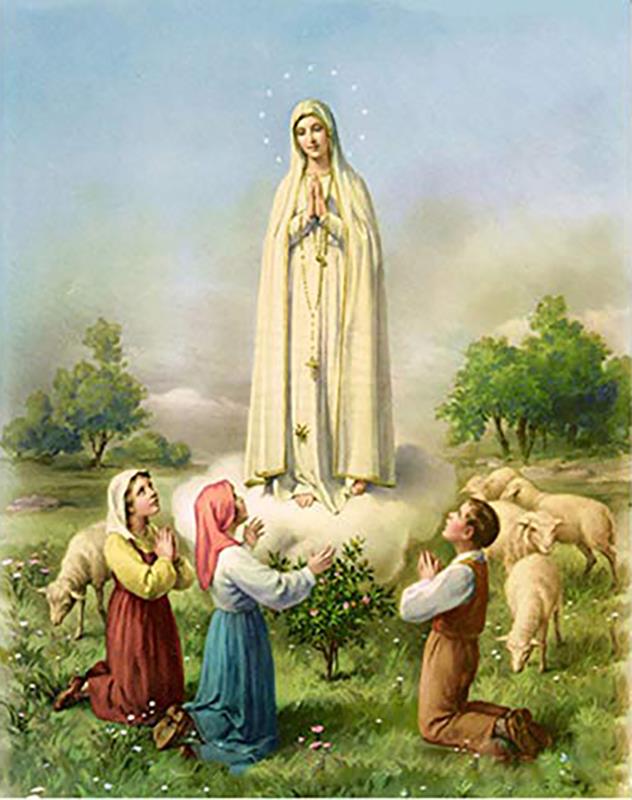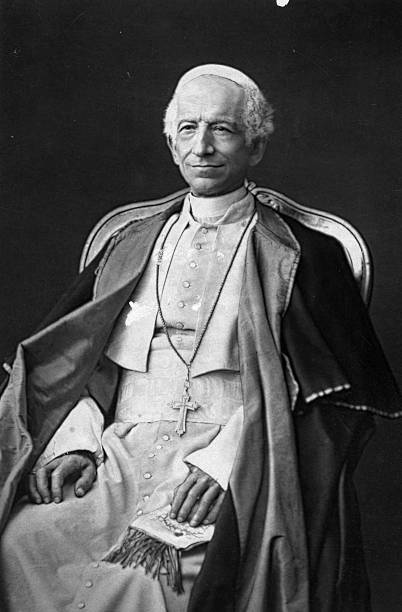The rosary has a long and cherished history within the Catholic Church, and has played a significant role in the spiritual lives of Catholics for centuries. It has served as a means of meditation, contemplation, and fostering devotion to the Blessed Virgin Mary. Throughout history, numerous saints, theologians, and popes have emphasized the significance of the rosary in promoting faith, peace, and spiritual growth within the Church. As Catholics, we turn to the rosary as a means of seeking the intercession of the Blessed Virgin Mary and deepening our relationship with Christ.
While the core structure of the rosary has remained consistent throughout the centuries, the events and developments detailed below have brought additional significance, prayers, and intentions to the practice of the rosary, reflecting the evolving spiritual needs and experiences of the Catholic Church.

Origins
The origins of the rosary can be traced back to the early Christian tradition of reciting the Psalms. In the early centuries of the Church, monks and hermits would use knotted cords or strings of beads to keep track of their prayers. This practice gradually evolved into the recitation of prayers, such as the Our Father and the Hail Mary, as a means of meditation and contemplation.
The modern form of the rosary, as we know it today, began to take shape in the Middle Ages. The precursor to the rosary, known as the “Paternoster” or “Our Father” beads, emerged during this time period. These were strings of beads with knots that were used to count repetitions of the Lord’s Prayer.
St. Dominic, also known as Saint Dominic of Guzmán, is often credited with popularizing the use of the rosary in its current form. Saint Dominic was a Spanish priest who lived from approximately 1170 to 1221. While traveling in the south of France, St Dominic observed the gravity of the Albigensian heresy and became deeply concerned. St Dominic withdrew into a forest near Toulouse for three days and three nights where he prayed unceasingly, wept, and did harsh penances for the souls of the heretics. He used his discipline so much that his body was lacerated, and he fell into a coma. The Blessed Virgin appeared to him, accompanied by three Angels. She gave him the Rosary saying: “Dear Dominic, do you know which weapon the Blessed Trinity wants to use to reform the world?” As instructed, St Dominic used the Rosary as a powerful means of converting the Albigensians and other sinners for the rest of his life.
St. Dominic is also commonly known as the founder of the Dominican Order, also called the Order of Preachers. The Dominican Order has played a significant role in promoting the devotion and spread of the rosary over the centuries.
In 1569, Pope Pius V established the basic structure of the fifteen mysteries of the rosary that we know today: the Joyful, Sorrowful, and Glorious Mysteries.
Soon after, Pope Pius V called on Christians to pray the rosary for the success of the Holy League in the Battle of Lepanto against the Ottoman Empire in 1571. The Christian fleet’s victory was attributed to the intercession of the Blessed Virgin Mary through the rosary, leading to the institution of the Feast of Our Lady of the Rosary on October 7.
The “O My Jesus” prayer, often referred to as the Fatima Prayer, was added to the rosary as a result of the reported apparitions of the Blessed Virgin Mary at Fatima, Portugal, in 1917. During the course of these apparitions, which occurred to three young shepherd children—Lucia dos Santos and her cousins Francisco and Jacinta Marto—Mary provided several messages and revelations. One of these revelations included the request to add the “O My Jesus” prayer after each decade of the rosary.
In the late 19th century, Pope Leo XIII wrote several encyclicals that emphasized the importance of the rosary and encouraged its widespread use. In 1886, after celebrating mass, the Pope had a horrific vision of demonic spirits congregating in Rome. This vision had a great impression on Leo XIII and prompted him to write, promulgate the Saint Michael prayer. He added the prayer to the end of the rosary after the “Glory Be.”
The latest addition to the rosary came in 2002 when Pope St. John Paul II wrote the Apostolic Letter “Rosarium Virginis Mariae.” In his letter, Pope St. John Paul II introduced the Luminous Mysteries, also known as the “Mysteries of Light.” This addition aimed to reflect on key moments in the public ministry of Jesus, further enriching the meditative aspects of the rosary.




Marian Apparitions
After the rosary’s creation, there have been several appearances or vision of the Blessed Virgin Mary that have emphasized the importance of the rosary and encouraged its frequent recitation as a means of drawing closer to Mary and Jesus.

The following well-known Marian apparitions are recognized by the Catholic Church:
- Our Lady of Guadalupe (Mexico, 1531): The Virgin Mary appeared to St. Juan Diego, leaving an image of herself imprinted on his cloak (tilma). She is recognized as the patroness of the Americas.
- Our Lady of Lourdes (France, 1858): Mary appeared to St. Bernadette Soubirous in Lourdes, France, where a spring of water with healing properties emerged. Lourdes has become a major pilgrimage site for the sick seeking healing.
- Fatima (Portugal, 1917): Mary appeared to three shepherd children—Lucia dos Santos and her cousins Francisco and Jacinta Marto. The apparitions occurred over six months and included prophecies, requests for prayer, penance, and the revelation of three “secrets.”
- Medjugorje (Bosnia and Herzegovina, ongoing since 1981): Mary has been appearing to six young people since 1981, delivering messages of peace, conversion, prayer, fasting, and reconciliation.
The Catholic Church investigates reported apparitions to determine their authenticity, and only a small number have received official approval after thorough investigation by ecclesiastical authorities. The Church remains cautious and prudent in its approach, conducting investigations to discern the supernatural character and the spiritual fruits associated with these events.
While these apparitions are not part of the deposit of faith and belief in them is not mandatory for Catholics, they often result in increased devotion, pilgrimage, and spiritual renewal among Catholics.